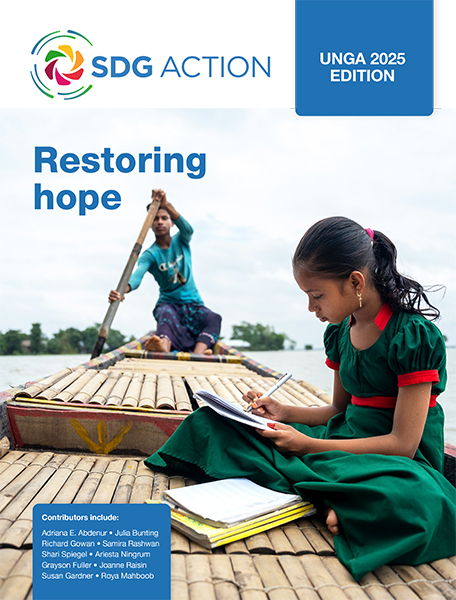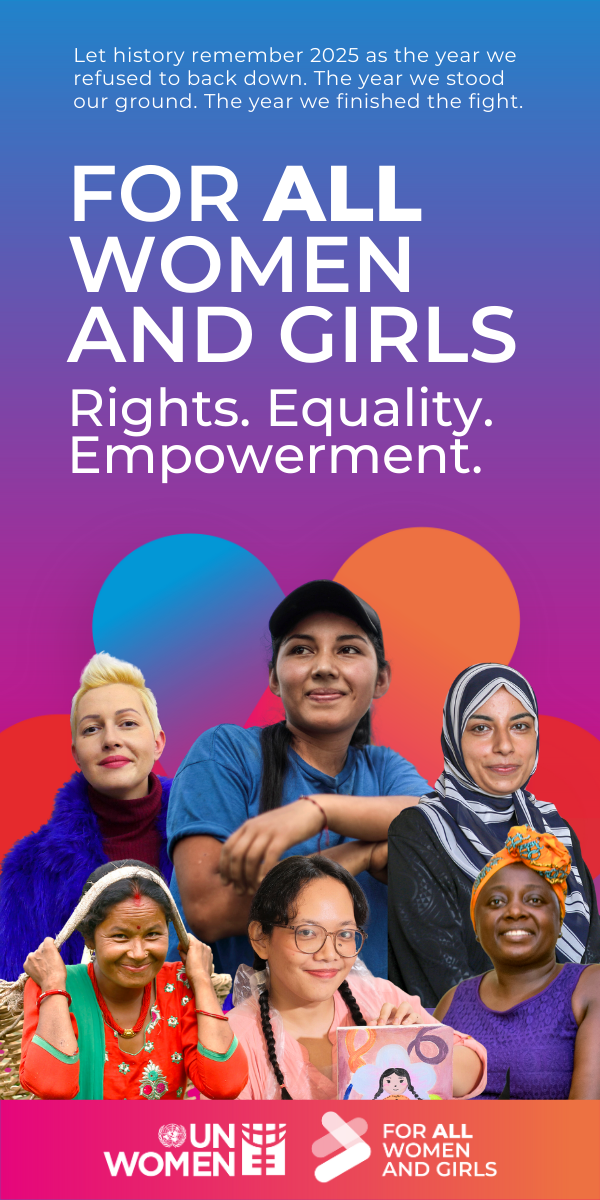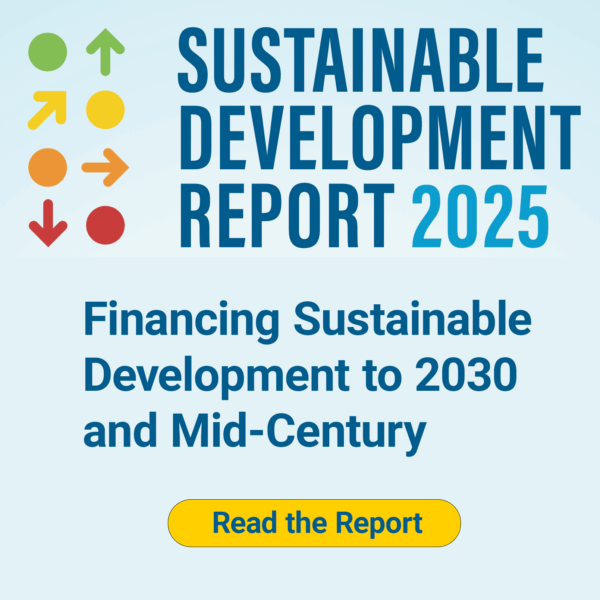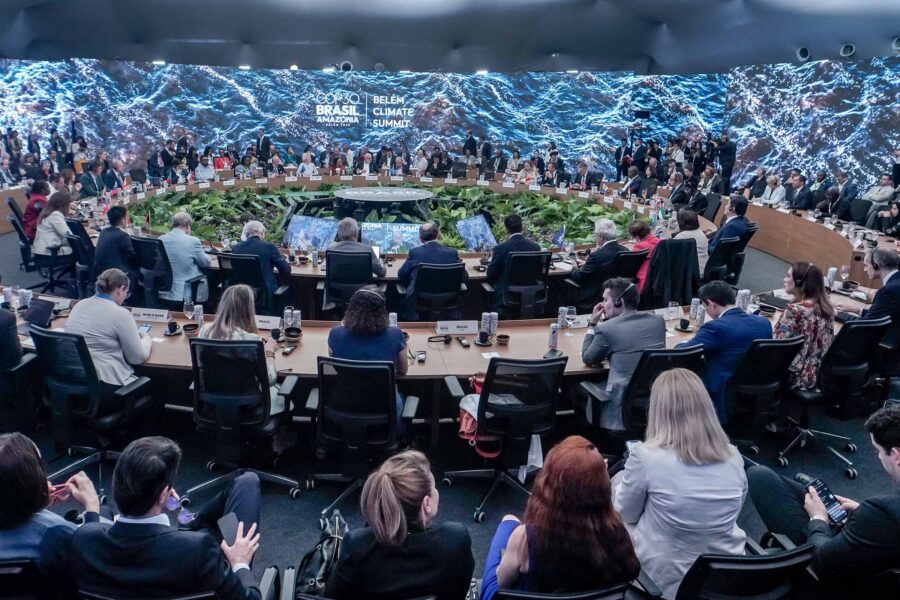Raising visibility, respect, and protection for non-combatants in conflict zones
Civilian protection in armed conflict remains more aspiration than reality, as recent crises expose deep flaws in the international system. To restore credibility, the Responsibility to Protect (R2P) – a global pledge to prevent mass atrocities – must evolve and be backed by bold reform, regional initiative, and political will
Peace and security — Global, Middle East and Northern Africa
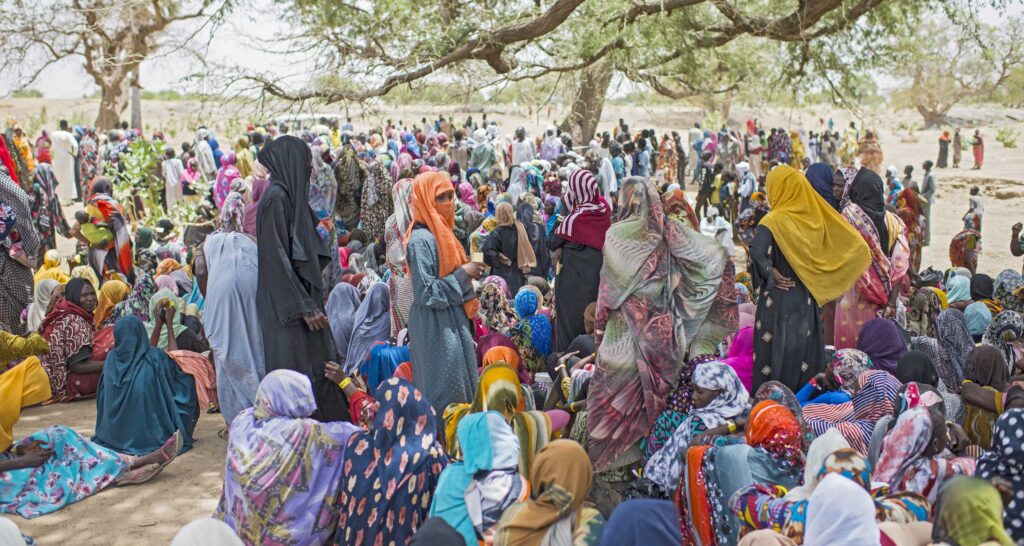
From the agonizing refrain of “never again” to the reality of “again, and again, and again,” the Responsibility to Protect (R2P) doctrine faces profound challenges. R2P, established in 2005, aims to reconcile state sovereignty with the need to prevent mass atrocities, but its implementation has faced significant issues. R2P posits that each state has the primary duty to protect its population from genocide, war crimes, ethnic cleansing, and crimes against humanity. If a state fails in this duty, the international community assumes a residual responsibility to intervene, including through Security Council-authorized coercive measures.
Despite its critical aspiration, R2P’s practical application has been hampered by complex crises, entrenched power politics, and evolving warfare dynamics. Conflicts today are increasingly urbanized and asymmetric, with artificial intelligence (AI)-driven and cyber warfare introducing new risks for civilian populations. Protracted violence and proxy involvement in conflicts – particularly in the Arab region (Sudan, Palestine, Syria, Yemen) – often result in blatant disregard for civilian life and ongoing atrocities. The civil war in Sudan, ongoing since April 2023, exemplifies a severe humanitarian crisis where proxy support erodes a state’s responsibility to protect its population.
In 2023, civilian casualties worldwide in armed conflicts dramatically surged by 72%, totaling over 33,400, with a shocking 70% of recorded deaths occurring in Israel and the Occupied Palestinian Territories. By mid-2024, UNHCR estimated that there were almost 123 million people forcibly displaced due to war, persecution, violence and human rights violations, including 6 million Palestinian refugees under UNWRA’s mandate. Despite numerous reports documenting grave crimes in Gaza, a decisive R2P intervention was never implemented, illustrating a global failure to protect civilians and hindering progress on the UN’s Sustainable Development Goals. The sheer scale of immense suffering, the loss of lives, and the lasting trauma inflicted on survivors paint a horrifying picture of what happens when the world stands by.
Why R2P has faltered
The initial promise of R2P has been undermined by compromises made during its adoption. These include:
- limiting specific trigger crimes
- raising intervention thresholds
- vesting authority solely in the UN Security Council without alternative actions in cases of deadlock
Moreover, the lack of parallel development between the principle of non-interference and R2P has further hindered its effectiveness. Genuine concerns about R2P’s potential misuse by powerful nations and its selective application have led to accusations of bias. There has been a disproportionate emphasis on R2P’s pillar three (timely and decisive response), overshadowing pillar one (state responsibility and prevention) and pillar two (international assistance and capacity building). This has skewed public understanding and hindered preventive approaches. Interventions, such as those in Iraq and Libya, initially framed in R2P terms, have been widely criticized for contributing to prolonged instability. This, in turn, has fostered a reluctance to engage in future interventions, posing a significant threat to R2P’s future. As a result, the manipulation of pillar three by powerful nations for national or proxy interests has severely discredited R2P – particularly among states in the Global South.
UN limitations undermine R2P
A critical issue is the muted public presence of the UN Secretary-General’s Special Advisers on Genocide Prevention and R2P regarding the situation in Gaza, raising questions about the efficacy of the UN’s early warning system and suggesting a lack of immediate and unified condemnation. One contributing factor to the challenges in implementing R2P is the internal dynamics within the UN itself. The disconnect between the UN’s Geneva and New York operations, often described as a fragmentation between human rights (Geneva) and security (New York) remits, further exacerbates this problem, leading to procedural inertia. Warnings from Geneva-based bodies such as the UN’s Human Rights Council and High Commissioner often fail to translate into structured escalation within the UN’s political bodies in New York, where security considerations dominate. This disconnect directly impacts the UN’s ability to provide timely and effective protection to civilians, undermining the goals of R2P.
While changing the UN Security Council structure is exceptionally challenging, other avenues exist to prevent large-scale conflicts. The UN80 Initiative, commemorating the UN’s 80th anniversary, focuses on reinvigorating multilateralism and addressing global challenges. The Pact for the Future, adopted at the Summit of the Future, aims to enhance global cooperation on critical issues. While not explicitly mentioning R2P, the pact echoes its core principles of international peace, civilian protection, and strengthened multilateralism. It also emphasizes prevention and the need to address the root causes of conflict, and calls for urgent Security Council reform.
The UN80 Initiative and/or the Pact for the Future can be leveraged to implement suggestions such as:
- promoting data-driven early warning systems
- strengthening diplomatic mediation
- enhancing support for civil society organizations
These ideas in turn align with R2P’s pillar two by focusing on prevention and capacity building.
Regional pathways for protection
Given the frequent paralysis of the UN Security Council due to competing interests and veto power, exploring alternative mechanisms, especially regional systems, is crucial. Regional organizations like the African Union, the Association of Southeast Asian Nations, the Organization of American States, and the European Union possess unique insights and are often better positioned to address conflicts both within their respective regions and beyond. These organizations can facilitate dialogue, mediate disputes, and deploy peacekeeping forces, potentially circumventing Security Council deadlocks. Enhancing the capacity and mandate of regional organizations to intervene in cases of mass atrocities provides a valuable alternative pathway when the UN Security Council is unable to act. This too aligns with pillar two of R2P by building capacity for protection outside of direct UN intervention. It also reinforces the idea that R2P is not solely a UN Security Council tool.
Immediate reforms for civilian protection
To enhance atrocity prevention, an immediate recalibration of tools is needed. This includes:
- establishing a rapid atrocity alert mechanism to bridge the Geneva–New York divide, transforming real-time warnings into structured escalation within the UN Secretariat, Security Council, and General Assembly
- the Secretary-General assertively invoking Article 99 of the UN Charter (allowing them to “bring to the attention of the Security Council any matter which in his opinion may threaten the maintenance of international peace and security”); in cases of Security Council deadlock, the General Assembly must also utilize the “Uniting for Peace” resolution
- urgently convening a multi-actor early warning mechanism for genocide and grave crimes to assess warnings and transmit alerts, ensuring decisions are grounded in expert-led assessments
- establishing a dedicated working group to specifically confront and mitigate the risks to civilians posed by AI and other emerging technologies in armed conflict – particularly given the notable deficiency in the Global Digital Compact to clearly and explicitly address these risks (the latest agreement among Member States to outline shared principles for an open, free, and secure digital future)
Building longer-term protective capacity
In the longer term, comprehensive solutions must address root causes and strengthen preventive capabilities. These include:
- promoting universal jurisdiction for core crimes
- advancing a “responsibility not to enable atrocities” doctrine
- undertaking more in-depth normative work to redefine and harmonize the non-interference principle in the context of R2P, enabling a clear, internationally agreed-upon framework for protective action that addresses mass atrocities without violating legitimate sovereignty
- developing specific mechanisms to measure and highlight R2P’s overall effectiveness in prevention, beyond reactive interventions
Conclusion
Transforming R2P from rhetoric to reality hinges on political will, streamlined institutional design, and decisive action. The current fragmented system is insufficient, and incremental reform is no longer viable. Bold institutional courage is needed to safeguard human dignity, fulfilling the UN’s most sacred promise to protect populations from the gravest crimes. The time for tentative steps has passed; only decisive action will suffice.
Featured in:
UNGA 2025 edition: Restoring hope
An effective multilateral response is needed for an ever increasing number of crises. At the same time, the UN – the heart of the multilateral system for 80 years – is under attack from nations trying to defund and disempower it. Radical reform is clearly needed. Whatever form that takes, it should be guided by and designed to support the SDGs.
This edition considers the impacts of inequality and conflict, and explores ways to build a fairer, safer future through education, technology, economic development and global partnerships.
Authors include Adriana E. Abdenur, Julia Bunting, Richard Gowan, Samira Rashwan, Shari Spiegel, Ariesta Ningrum, Grayson Fuller, Joanne Raisin, Susan Gardner and Roya Mahboob.
Publication date: 22 September 2025

